Dar Al-Handasah were founded by a group of four professors from the American University of Beirut in 1956 as a specialised engineering firm, and have since grown into a multidisciplinary design consultancy with a presence across the Middle East, Europe and Africa.
As with the Fosters and Zaha Hadid designs, the Al Bayt Stadium draws inspiration from the local culture. However, here the refererences are less abstracted and more literal, with the entire stadium taking the form of a gigantic tent.
Bayt al sha’ar tents are traditionally used by nomadic cultures in Qatar and across the region. There are also echoes perhaps of buildings such as SOM’s 1978 Hajj Terminal at Jeddah and even high-tech “tent” structures such as the Hopkins Schlumberger Research Centre in Cambridge.
The stadium has been awarded a five-star rating for its design and construction from the Global Sustainability Assessment System (GSAS). This is a performance-based system for assessing and rating buildings and infrastructure, developed specifically for the Middle East and north Africa, and in 2016 it was endorsed as the agreed standard for the 2022 World Cup.









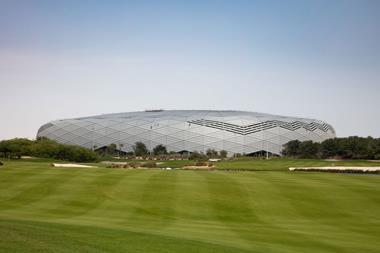
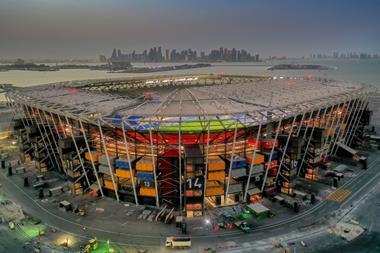
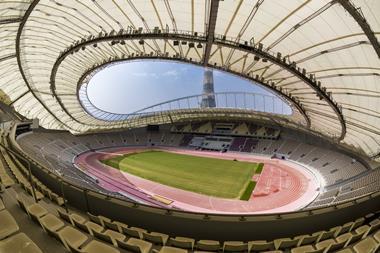



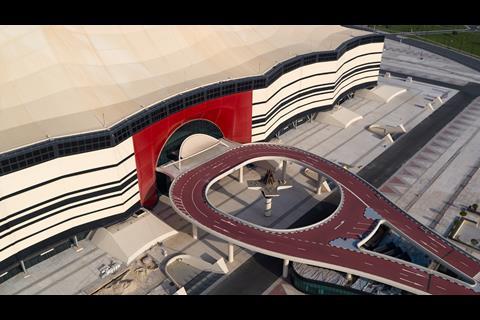
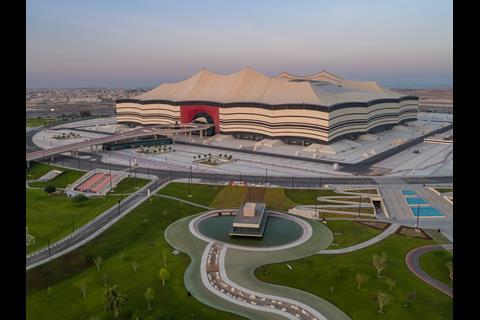
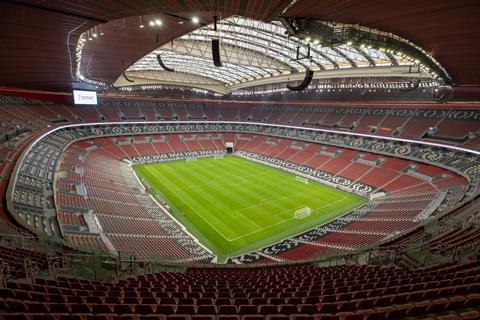

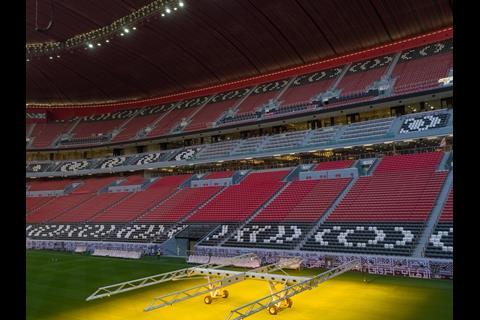

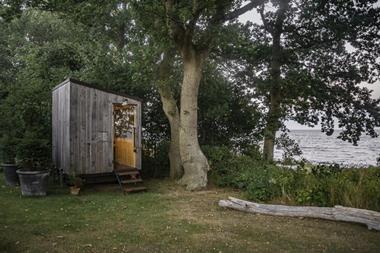
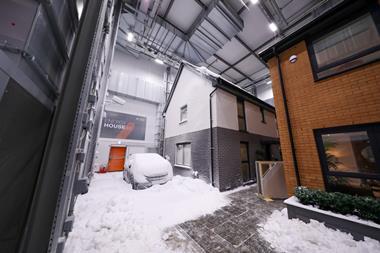


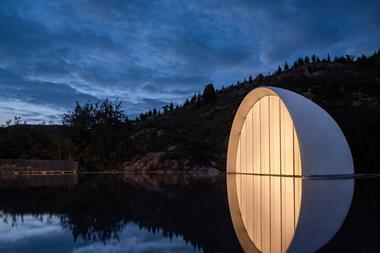
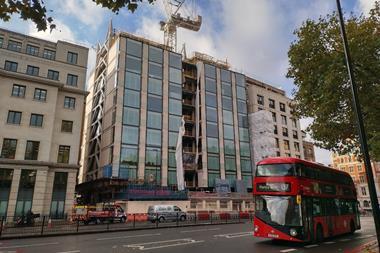






No comments yet